Sightseeing Spots
Search Results56
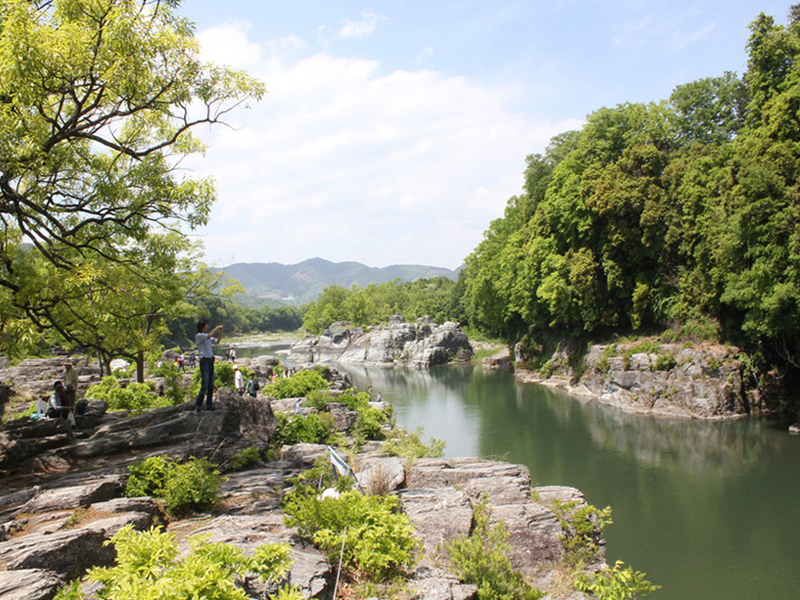
The Arakawa Line downstream boating in Chichibu Nagatoro allows you to ride upon the beautifully layered stone riverbed, which is designated as a national natural monument. It is a relaxing course with a couple of thrills along the way, but perfectly safe for children and seniors to enjoy as well. While listening to the boatman's entertaining speech, you can enjoy the cherry blossoms in the spring, the cool breeze in the summer, the beautiful colors of autumn, and the warmth of the kotatsu (heated table) boat in the winter. In other words, a perfect outdoor activity regardless of the season!
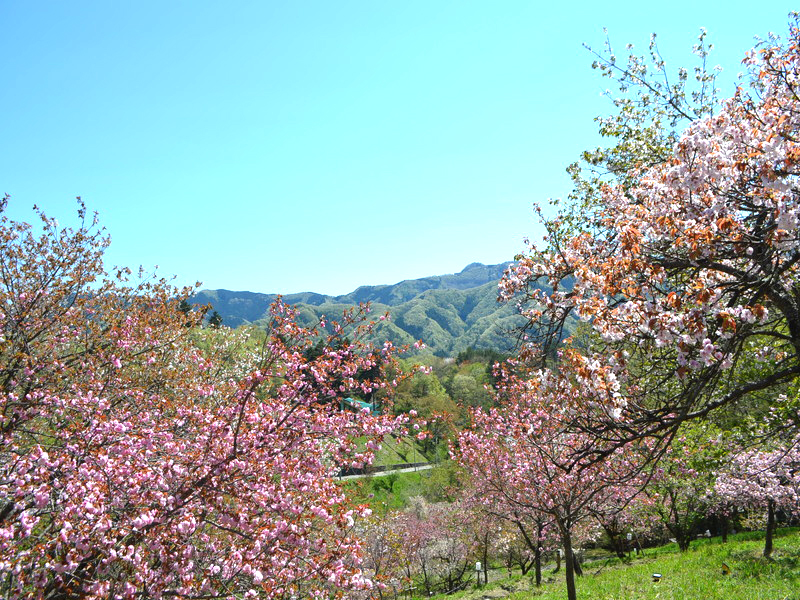
Kita-zakura Street is the tunnel of cherry blossoms, with about 400 cherry blossoms lining a 2.5 kilometer road that runs the length of the Arakawa river from Nagatoro Station to Takasago Bridge. The Sakura Passage is located at the foot of Mt. Hodo in Nagatoro Town. Here you can see about 500 cherry blossoms trees with more than 30 varieties of double cherry blossoms. During the flowering season, they are lit up with beautiful illuminations. The best time to see the flowers is from early April to mid-April on Kita-zakura Street and from mid-April to late April on the Sakura Passage.
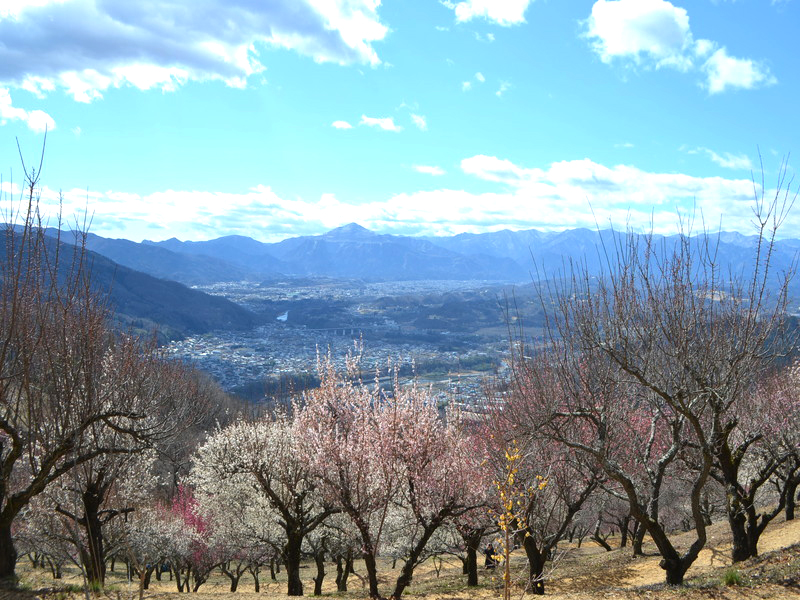
Plum planting began in 1986 at Ume Hyakkaen Garden. You can enjoy about 170 varieties of plum flowers, including rare ones such as the early blooming red plum during the winter solstice and the three famous flowers of the moon, mangetsu, tagoto, and soumei. From mid-February, about 470 plum are in full bloom, and the fragrant plum scent spreads all the way to the summit.
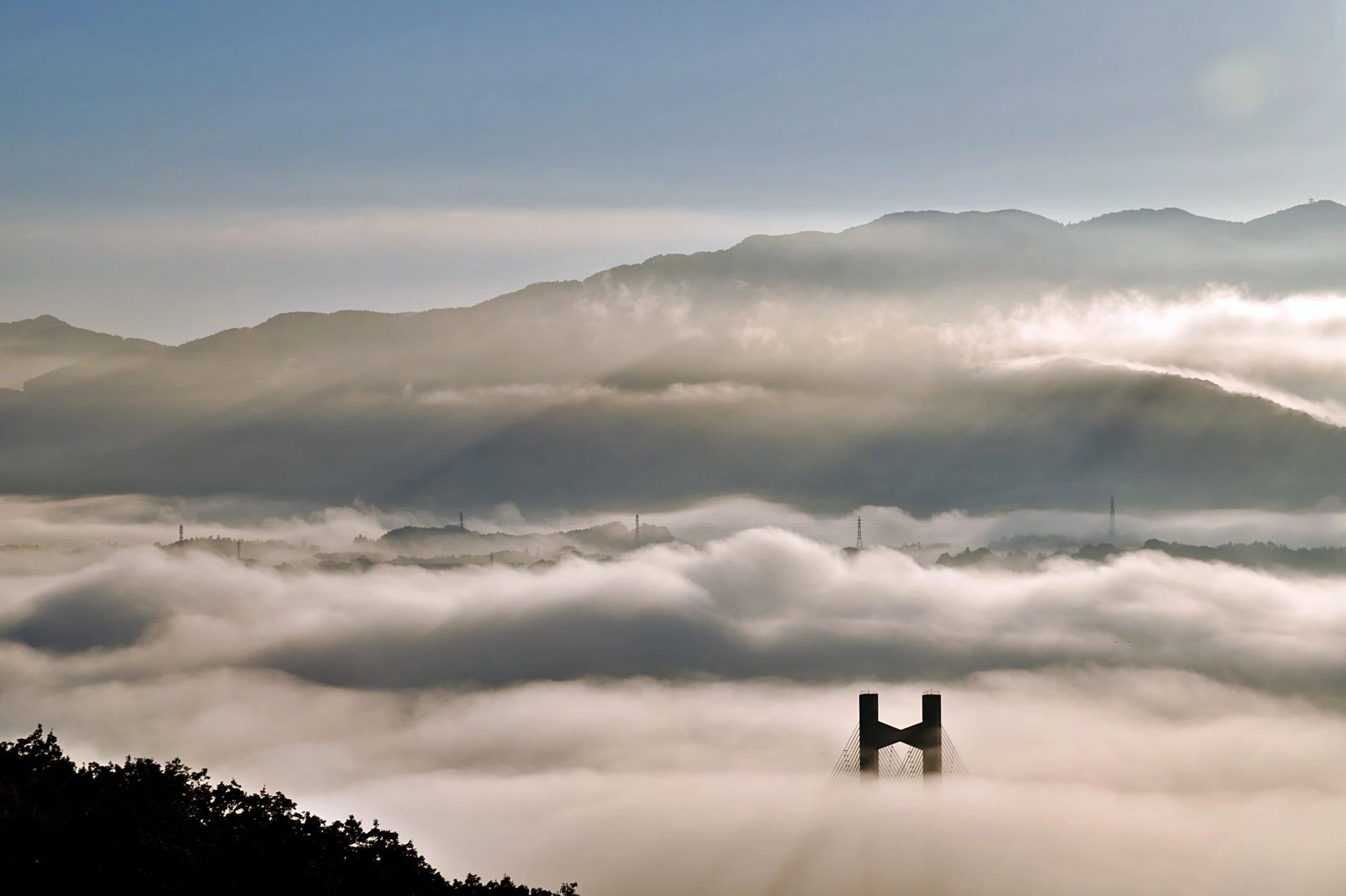
This park is situated in the rich nature of the Nagaonekyuryo mountains that straddle the border between Chichibu City and Ogano Town. This sprawling area of 375 hectares is divided into three themed zones, Forest of Sports, Forest of Music and Forest of Culture, with each area connected by a 3 km long "Sky Road." This park is best known as one of the best spots to view a breathtaking sea of clouds. The Chichibu area has the perfect conditions for a sea of clouds to form, due to the fog produced by radiative cooling in the Chichibu mountain area. If you get lucky, you may even be able to see the symbolic bridge of Chichibu appear to be floating above the clouds. Chichibu Muse Park has a variety of attractions, such as a music hall, an outdoor stage, Muse Fountain, a spacious garden, and sports facilities. Chichibu Muse Park is the perfect place to enjoy your day, surrounded by the beautiful changing seasons.
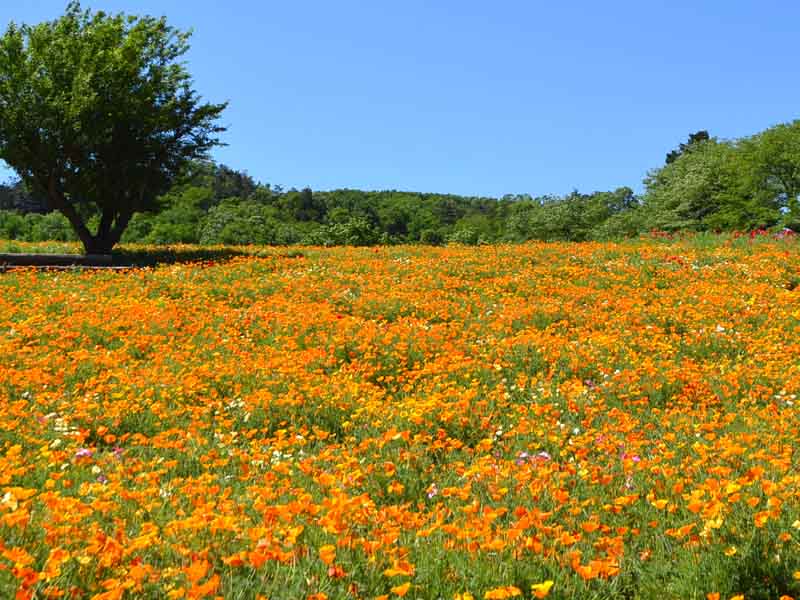
This garden is located on a vast field of about 10,000 square meters behind the Nagatoro Town Folk Museum. The Japanese name "Hanabishisou" comes from the shape of the California golden poppy, which is said to resemble a rhombus ("hishi" in Japanese, read "bishi" in the name). In early summer, California golden poppies bloom all over the entire hill, and from May to June, the contrast between the deep blue sky and the vivid orange flowers is mesmerizing.
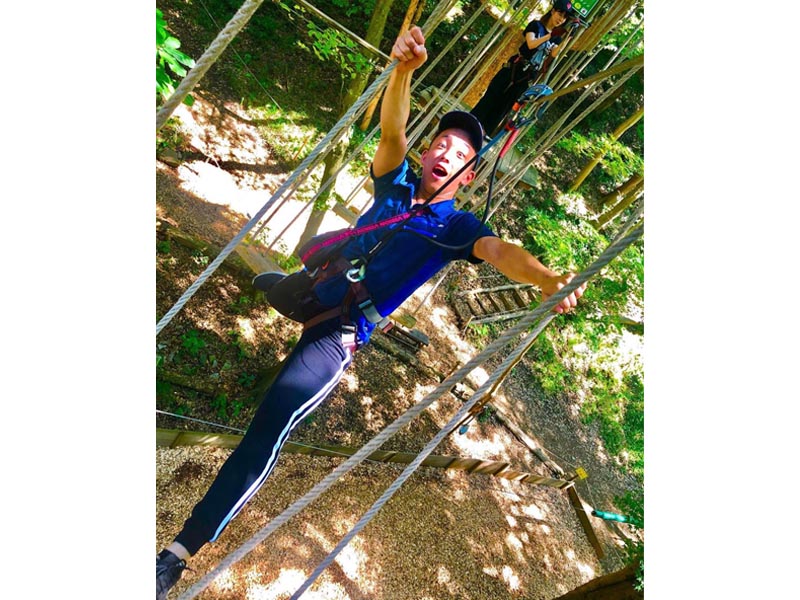
Located in Chichibu Muse park's "Forest of Sports," this is a facility that anyone can enjoy regardless of age! In a mix of planted and native forests, seven zip lines have been installed high above the valley, making it one of the largest parks in Japan. The park is for adults and children aged 10 years and older. The courses are set at high altitudes making this forest adventure particularly popular among adults!
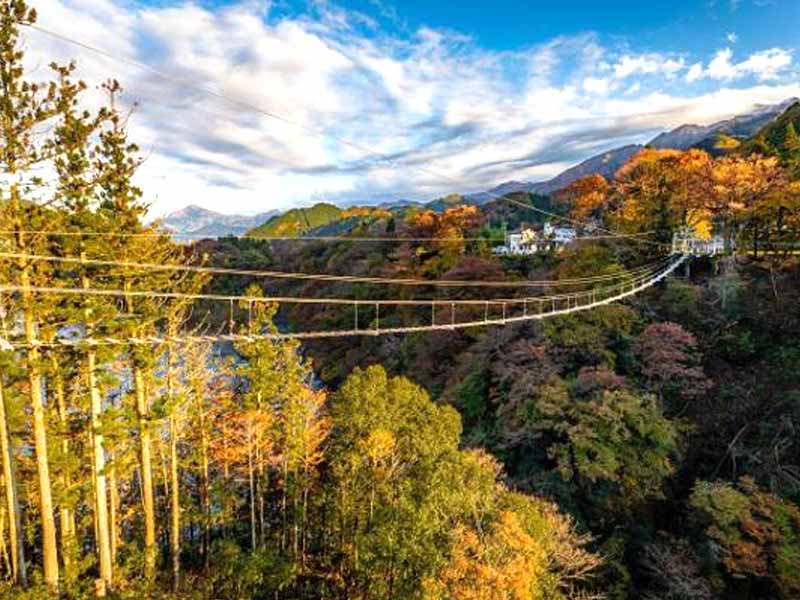
You can enjoy a variety of gravity-based activities from suspension bridges built on the banks of the Arakawa River using the piers of the former Shirakawa Bridge. Wear a harness and walk on the suspension bridge, cross the Arakawa Valley while connected to a cable, or swing over the valley on a trapeze! You can even bungee jump! Enjoy the great outdoors of the Arakawa Valley while taking part in many thrilling activities!

This facility consists of 12 groups of fruit farmers, with the closest station being Ashigakubo Station on Seibu Chichibu Line. You can find this collection of fruit farms, aka Fruits Village, by the southern slope of Hinatayama in the Ashigakubo district. Fruits are harvested all year round, with strawberries from early January to mid-May, plums from early July to mid-August, and grapes from mid-August to mid-October. The sweet taste of fully-ripened fruits and the clean air of the great outdoors is a special experience. We encourage you to stop by! There is also a restaurant, “Ashigakubo Fruits Garden,” a “Farming Village Park” with a 100-meter roller slide nearby, and many great courses for hiking.
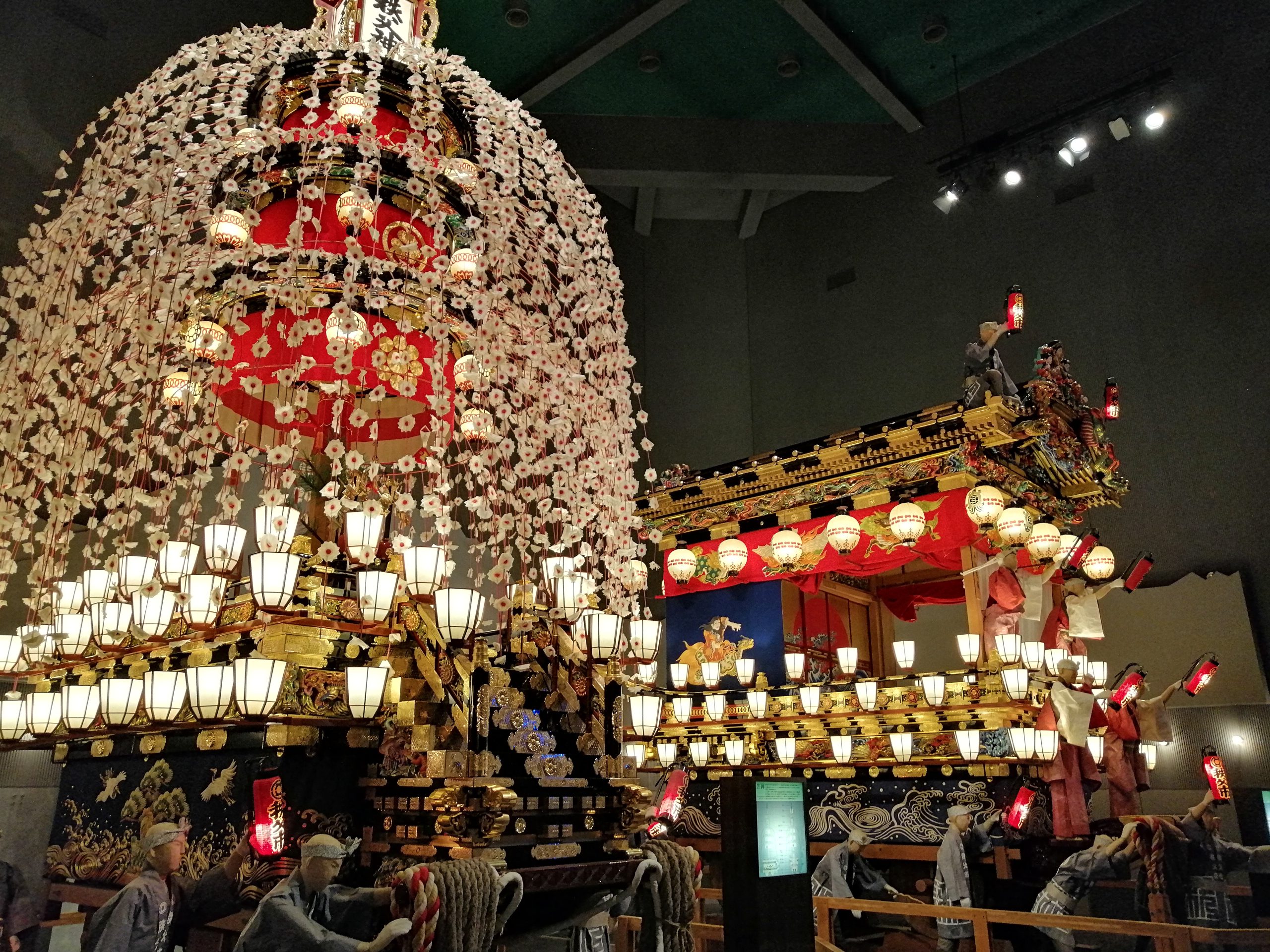
Chichibu Festival Museum exhibits materials related to the booths and kasaboko (combined umbrella and halberd carried on floats in some festivals) of the Chichibu night festival that takes place every year on the 2nd and 3rd of December. The booths, kasaboko, curtain, sculptures made by Shōwa’s master craftsmen are arranged in a design related to the Myōken belief. At noon, the lanterns are switched on to reproduce the night festival. Within the noise of the palatial Chichibu booth music, the luxurious booth and kasaboko can be seen right before your eyes.
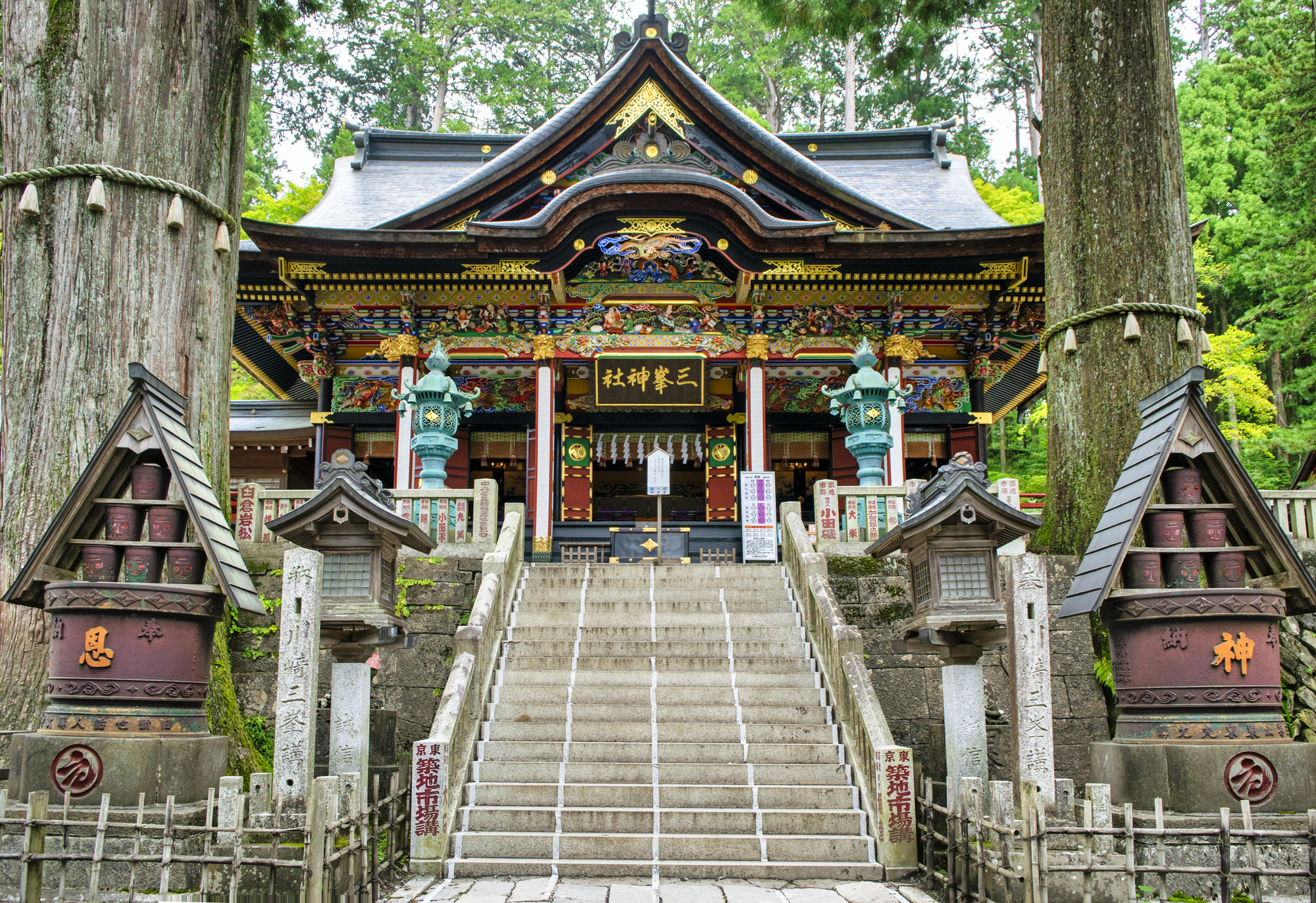
The history of the temple is said to date back about 2,000 years ago, to the reign of Emperor Keiko. During the Kamakura period (1185-1333), when faith in Mt. Mitumine spread, Hatakeyama Shigetada, Nitta Yoshioki, and others worshipped here. During the Tokugawa period (1603-1867), the Kishu shogunate and the Kishu family were revered, and gifts from the Kishu family in particular are still treasured by this shrine. When autumn arrives, the “Fifteen Nights and Moon Reading Festival” is held to herald the arrival of autumn in the mountains of Chichibu.
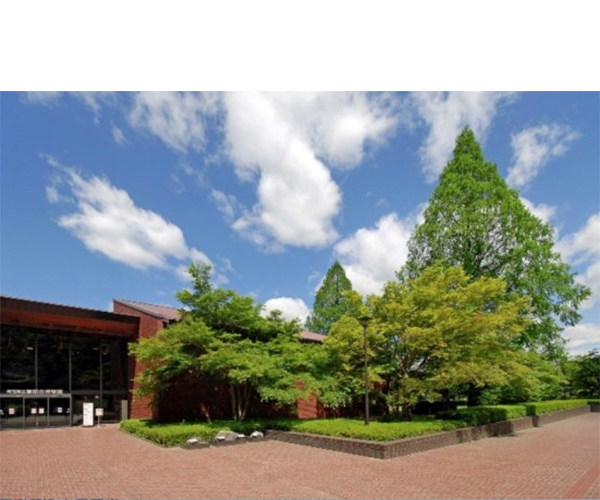
Presenting the theme, "From the past to the future: traveling 300 million years through Saitama's history of people's coexistence with nature," Saitama Museum of Natural History stores various resources related to nature, and displays the fossils of giant shark, “Megalodon," and mysterious sea animal, “Paleoparadoxia," discovered in Saitama Prefecture. The museum is constructed into two halls: the "Geology Exhibition," where visitors can learn about various fossils, rocks and minerals, geological strata and earth formations, and the "Biology Exhibition," featuring large dioramas of the four major forests of Saitama and the animals that live in them. Nagatoro area is a perfect example of the nature in Saitama, and here you can enjoy detailed explanations of its characteristics for a deeper understanding. You can also enjoy simulations and free audio guides. (For more information regarding the facility, please refer to the URL below.)
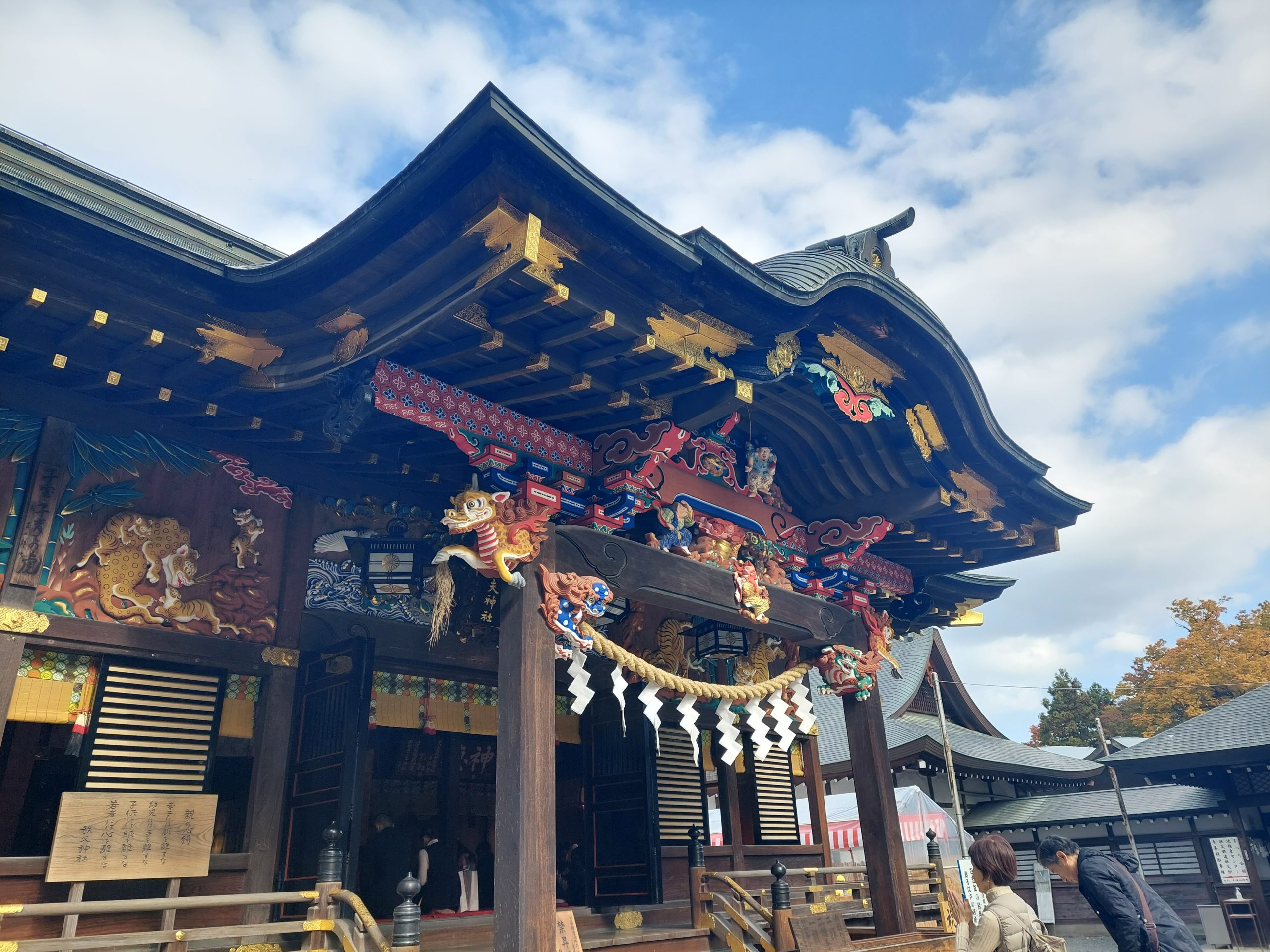
Marking 2100 years, Gochinza, a Sōja of Chichibu, has been revered since ancient times. In a forest of oak, there is an atmosphere with style and solemn beauty. The existing main building of the shrine is a contribution of Ieyasu Tokugawa in 1592 and was designated as Saitama Prefecture’s tangible cultural property due to the fact that it holds much of the Edo period’s early architectural style.
This site uses cookies to improve the user experience. If you continue to browse, you consent to the use of cookies on this site. Accept
CONTACT
